Data Mining Problems in Retail
Highly Scalable
MARCH 10, 2015
Retail is one of the most important business domains for data science and data mining applications because of its prolific data and numerous optimization problems such as optimal prices, discounts, recommendations, and stock levels that can be solved using data analysis methods. However, many of these models are highly parametric (i.e.






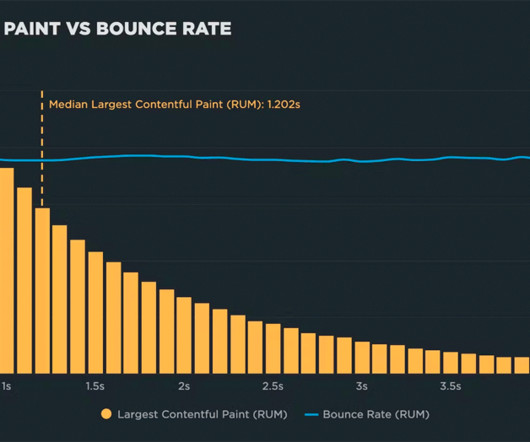
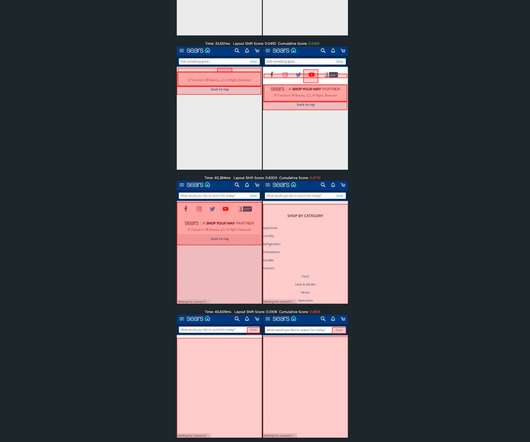
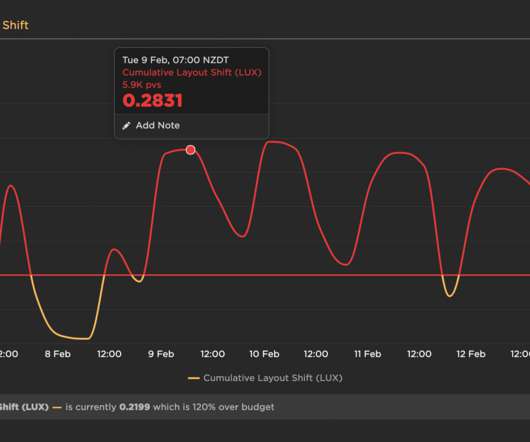

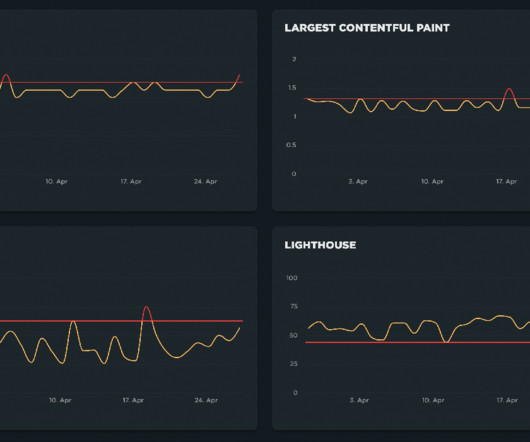
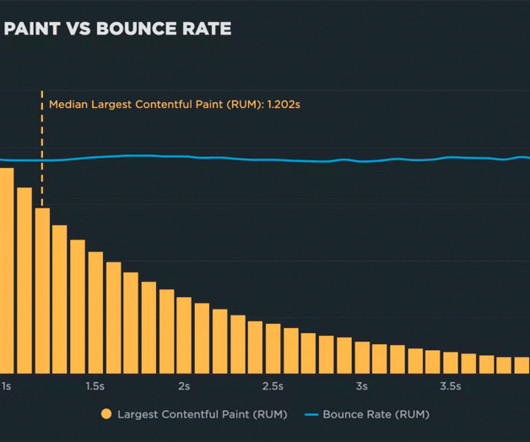


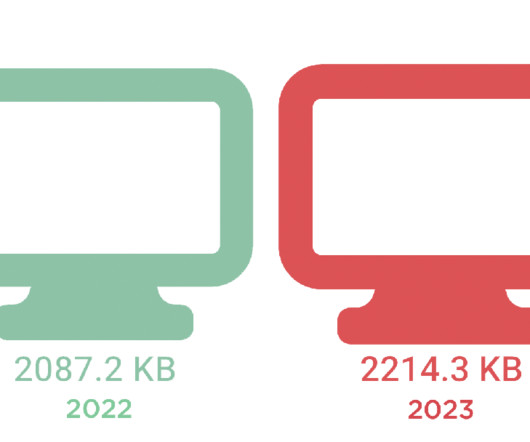







Let's personalize your content